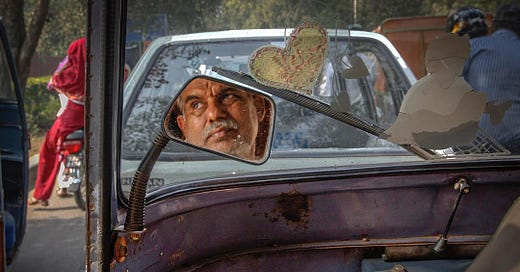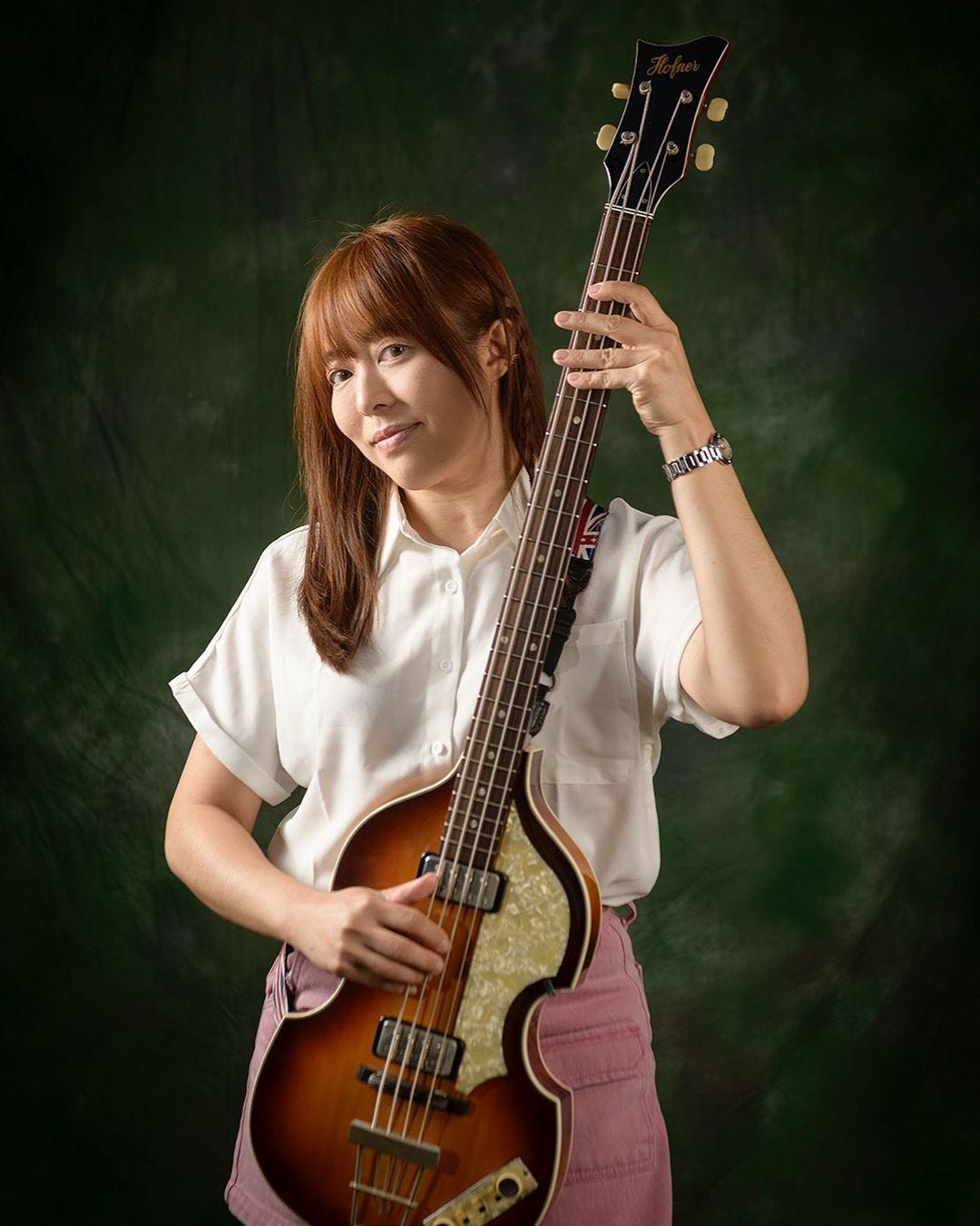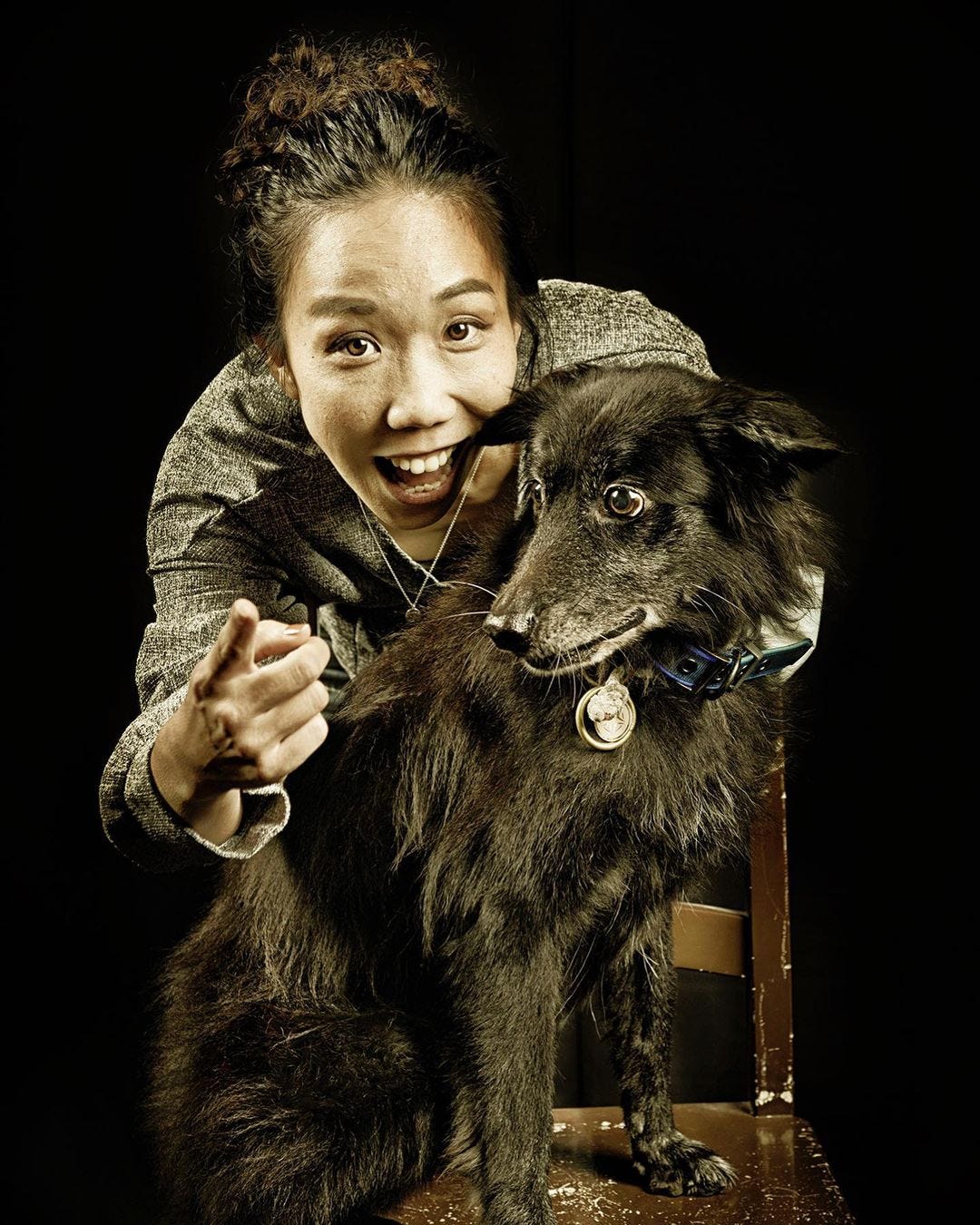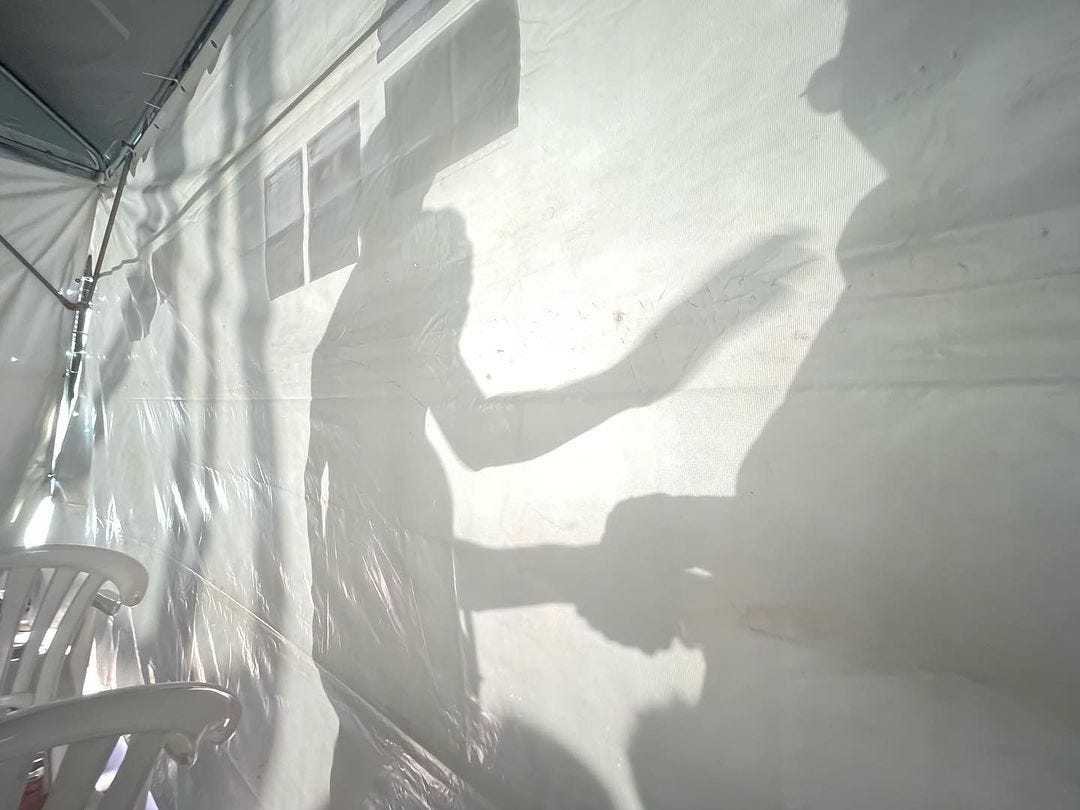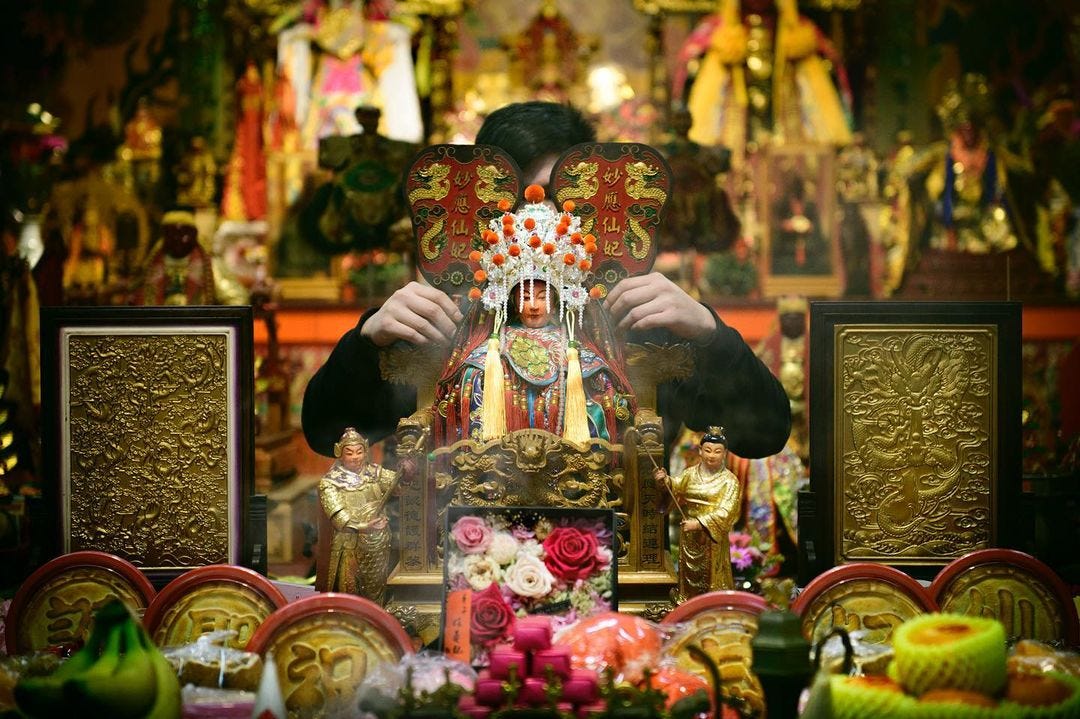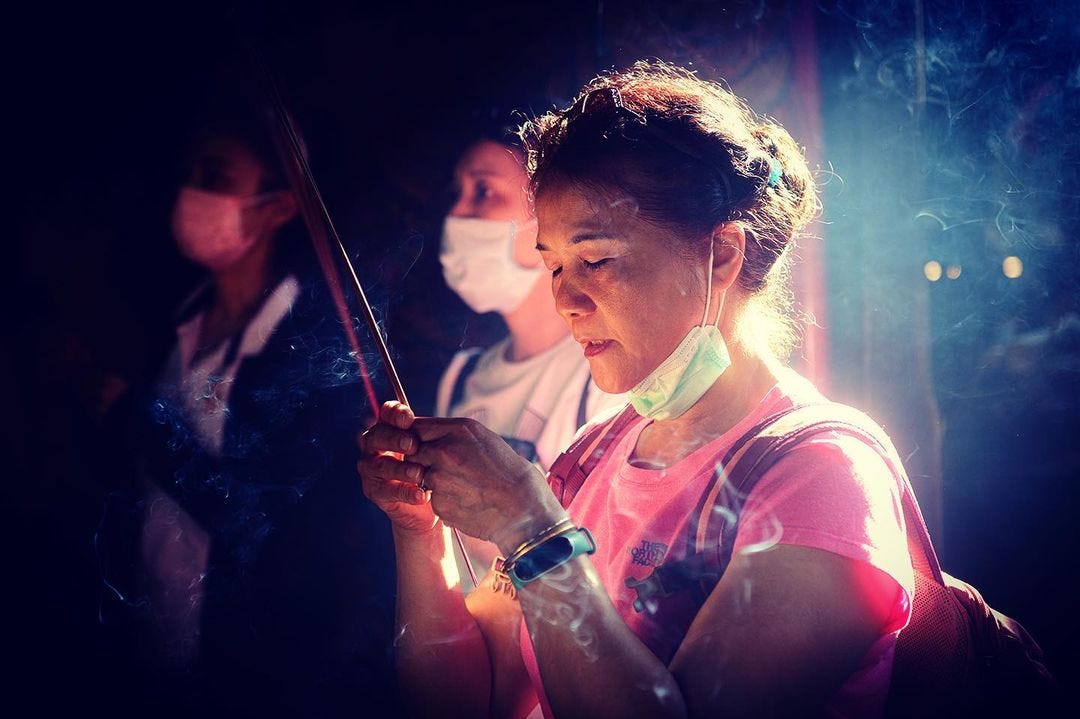(Nostalgia. Pakistan-Lahore Motor rickshaw driver, all photo by Alberto Buzzola)
Among all the photographers NYK Review has featured, Alberto Buzzola is by far the most professional photographer. Over his career as a photographer, Buzzola has earned many titles, many prizes from many prestigious institutions. The well tuned fundamentals of his photos is telling of his professionalism. But professionalism is not what enterains me to write this review for Buzzola’s photo. There is a fine line between appealing and beauty, as professional photos can still be formulaic and opaque. To put a few words on the quality of Buzzola’s photo that I’m trying to get to, it is a certain handling of color, of light, of clarity, but not quite exactly just any of those things. It is a technique that is thinner and finer than color, more focused than clarity, and settles on the contours of things, instead of radiating outwards photonically. It is a fine handling of texture and subject that gave his photos a painting-like aesthetic.
(Veggies Fest Tiger Hill. Bass Player)
The technique, shown in a portrait, almost looks like a painting from a Dutch master. The most obvious similarity between Buzzola and the Dutch masters is of course the grading olive green background often seen both in Rembrandt’s painting and Buzzola’s portrait photos. The tinted background in Rambrant’s painting was not a random coincidence, and, I suspect, neither is it a random choice of color for Buzzola to use olive green to contrast the musician in the photo. Ebony, olive green, and bark offers a natural contrasting complement to the rosy cheek in both Rambrant and Buzzola’s work. In this photo, “Bass Player”, the musician and her instrument surface from the dark background with so much more textures on her button down, her hands and instrument, her hair, and most importantly, her face. It seems that before we recognize her ambivalent mood, we are already receptive to the complexity of her person.
(Really, Get a Dog. Tiger Mountain Music Ramble 2021)
In this portrait, “Really, Get a Dog”, the fuzzy and luscious hair of the puppy makes it an pleasure to look at the puppy. As the owner points and looks at the camera, it puts the puppy, especially his eyes, in contrast with the focus of the owner. It almost seems like the curiosity of the puppy asserts its place in the photo through his watery eyes and spiky whiskers, through the contrast with the voidish background and the owner.
Of course, paintings and photographs are not the same; Rembrandt and Buzzola are different. Rembrandt often painted his subjects adjusting his painting according to his imagination and his impressions on the subject. Buzzola, as a photographer, cannot make such adjustments. He can only shoot what actually happened and how a person actually appears. Despite their similarity in visual techniques, the process of painting a portrait and shooting a person involves very different processes. The interaction between the subject and the photographer is a two way street. The photographer often plays a part in the story in all practical sense. To encourage, or to entertain a musician or a dog owner into an ambivalent or playful mood, requires a special kind of persona.
(“Daniel Pearl Taipei. Handshake.”)
I met Alberto at the preview of the World Press Photo Contest Exhibition in Taipei. Perhaps because of the stimulation present that day, he seemed almost distracted that day; softly spoken, kind of loosely jumping from one thought to the next.
Nonetheless, he seems to know where his feelings sat at all times. I asked many people that day about what they thought about the preview, not expecting much from their answer. The sound of the music festival next to the World Press Photo Contest preview was over penetrating for anyone to concentrate on the preview. Alberto was surprisingly genuine to my question. “I can’t really appreciate the photos, the music out there is too loud,” as he played with his phone camera and shot the shadows of people outside the tent reflected on the canvas. Perhaps it was his playful demeanor and laid back sincerity that encouraged the subjects of his photos to expose their soul to his lens.
Alberto shoots portraits, but he is by no means a portrait photographer. In fact, among the hundreds of photos he posted on Instagram, most of them were shot in the field. Japan, Taiwan, Philipine, India, Pakistan, Afghanistan, Ukraine, and more, his photos cover a huge range of different things from religion, conflict, street scenery, and entertainment. But no matter where or what he shoots, he seems to be able to disarm his subject. His camera seems to be an invitation for the subjects to be the protagonist of their own story.
(“Afghanistan 2001. Jalalabad”)
Take this photo Buzzola shot in Jalalabad for example, there seems to be something coming out from the child that defies the usual trope of childish innocence. The weary and firm hands holding what appears to be a blue purse, suggest a maturity beyond his age. The folding fabric of his cape hints at the layers that wrap around him. The concerning look from the elderly suggests that he, despite his age, is the center of attention and expectation of this moment. As he bends his head with an inviting tilt under the sunlight pouring from the window, his matured demeanor seems to be a invitation to us to this glimpse of his story.
(Preparing God)
Sometimes you get to shoot a story by receiving a invitation from a child. Sometimes you can only shoot a story if you’re removed from the story; to bear witness of something. Among the many topics Buzzola shoots, Buzzola seems to have a fascination for Taiwanese religious rituals. In 2022, Buzzola and 鄭接黃 co-authored 出神入化 (Transcendental Animation) documenting Taiwanese Taoist rituals. Even before the photobook, Taoist temples, and ceremonial events occasioned his Instagram album. In his Taoism series, Buzzola, the photographer, sometimes almost seem invisible to the present of the ceremony, despite the proximity of some of these shots that were taken almost at point black to their subjects.
(“Save a Prayer (don’t)”)
Take this photo, “Save a Prayer (don’t)” for example, the photo was taken at close range, but nobody seems to be aware about the presence of Buzzola. Taken at an angle parallel to the believer with a proximity about 3-4 meters, Buzzola could hardly be unnoticed by the believers, especially with the intimacy of the space. However, glazed with radiance and fumed with incense, the believer is consumed in her thoughts of prayer. She is hardly disturbed by anything besides her and her god. As the photographer seems to be invisible to the subject, there is a painting-like touch to the photo–the permission to witness the ceremony is granted by the absence of the seer; you don’t feel like you're interfering with something when you're looking at “Save a Prayer”.
Oct 14th, 2023
Kado
Photo by Alberto Buzzola// @abufalafel

